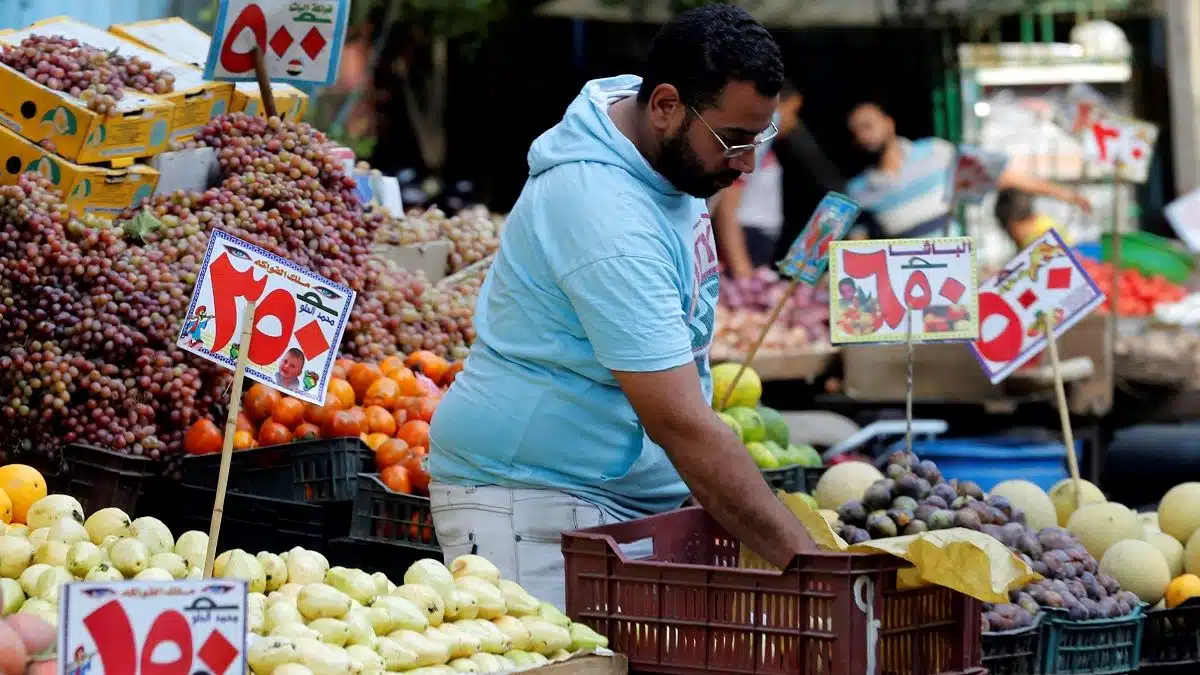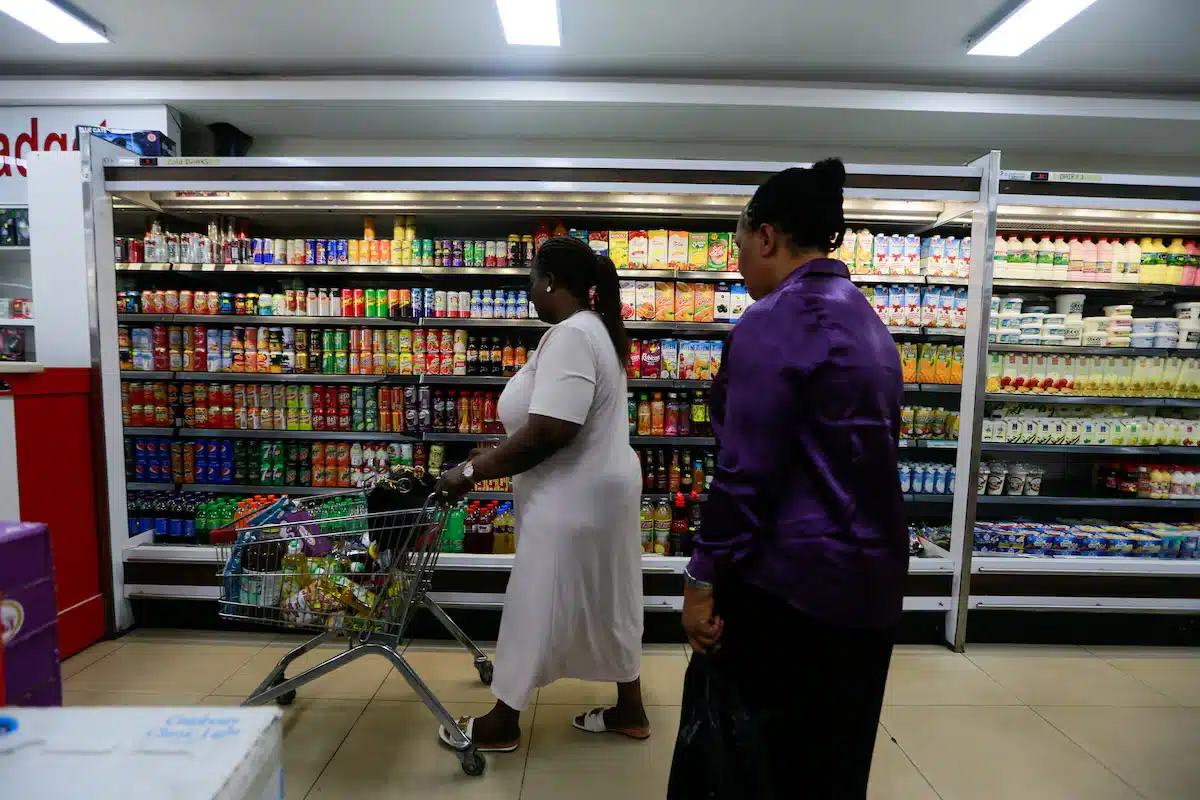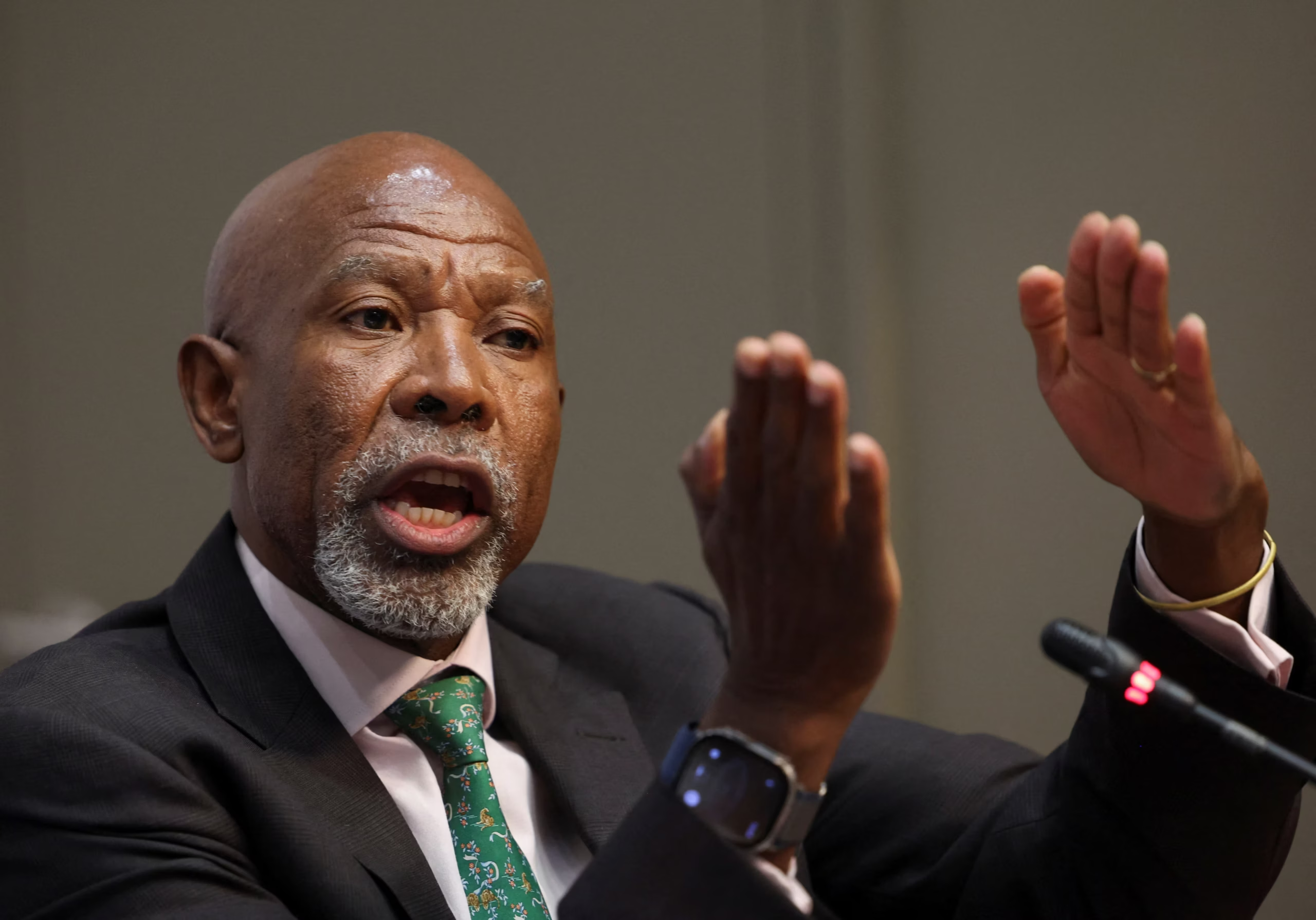Kenya’s trade deficit widened in January 2025, as the rising cost of imports offset the modest increase in exports.
The country’s trade balance recorded a deficit of $1.1 billion, up from $1.06 billion in December 2024, data from Kenya statistical body shows.
This highlights a concerning trend for the East African economy, which continues to grapple with rising import costs while striving to boost exports.
Imports in January 2025 rose to about $1.7 billion from $1.6 billion in December 2024, driven primarily by industrial supplies, fuel, and machinery.
Non-food industrial supplies accounted for 38.6% of total imports, while fuel and lubricants made up 23.4%, underscoring the country’s dependence on energy imports.
The machinery and capital equipment sector represented 15.3%, indicating continued investment in infrastructure and industrial development.
Kenya’s export performance also saw an uptick, increasing from $624.4 million in December 2024 to KSh $674.7 million in January 2025.
Food and beverages dominated the export category, constituting 42% of the total export value.
However, the growth in exports was not enough to offset the rising import bill, leading to a trade imbalance that continues to put pressure on the economy.
Notably, Kenya’s top export destinations in January 2025 were Uganda, Pakistan, and the Netherlands, with export values of $75.8 million, $51.8 million, and $45.6 million, respectively.
These markets continue to absorb a significant portion of Kenya’s agricultural and industrial goods. However, a decline in the export value of telecommunications equipment—from $3.3 million in December to $519,096 in January—raises concerns about the future growth potential in this sector.
On the import side, China, the UAE, and India remained Kenya’s leading import partners, with imports valued at $415.4 million, $270.8 million, and $196.4 million, respectively.
Non-food industrial supplies from these countries continue to dominate the import landscape, contributing to the rising trade deficit.
Despite the widening deficit, Kenya’s foreign exchange reserves remain robust.
As of March 27, 2025, the Central Bank of Kenya’s (CBK) reserves stood at $9.96 billion, providing 5.1 months of import cover.
This cushion has been instrumental in stabilising the Kenyan shilling, which has held steady at KSh 129 to the dollar for the past eight months.
The stability of the shilling, coupled with sufficient forex reserves, has helped contain inflation, keeping it below 5% – the CBK’s target – for the past 10 months.










